Five simultaneous colours
HiPERCAM splits the light from celestial objects into 5 colours covering the whole of the optical spectrum, and records these colours simultaneously using its 5 CCD cameras.
HiPERCAM splits the light from celestial objects into 5 colours covering the whole of the optical spectrum, and records these colours simultaneously using its 5 CCD cameras.
HiPERCAM uses 5 frame-transfer CCDs thermo-electrically cooled to -90°C, allowing both standard, long-exposure imaging and high-speed imaging at over 1000 frames per second.
HiPERCAM is mounted on the world's largest telescope, the 10.4m Gran Telescopio Canarias (GTC) on the island of La Palma in the Canary Islands.
HiPERCAM is designed to study celestial objects via their brightness variations. Targets include: black holes, neutron stars, white dwarfs, brown dwarfs, exoplanets, solar system objects.
Composed of 7 institutes, funded by the EU.

Tom Marsh

Martin Black
Xiaofeng Gao
David Henry
David Lunney
Christopher Miller
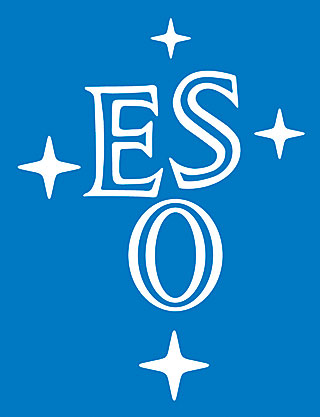
Naidu Bezawada
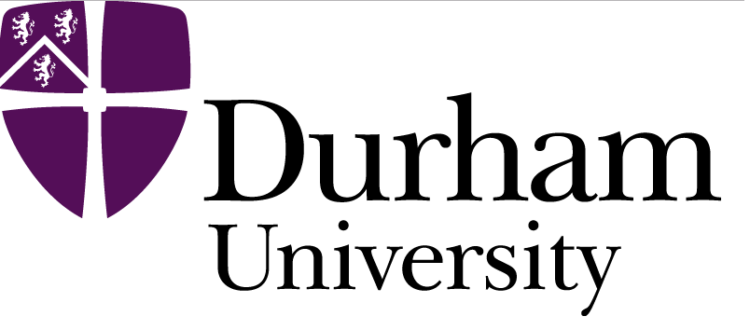
Marc Dubbeldam
Timothy Morris
James Osborn
Richard Wilson
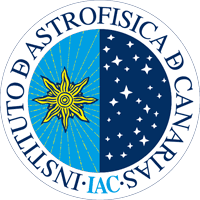
Vikram Dhillon (PI)
Jorge Casares
Teo Muñoz-Darias
Enric Pallé
Pablo Rodriguez-Gil
Tariq Shahbaz
Manuel Torres
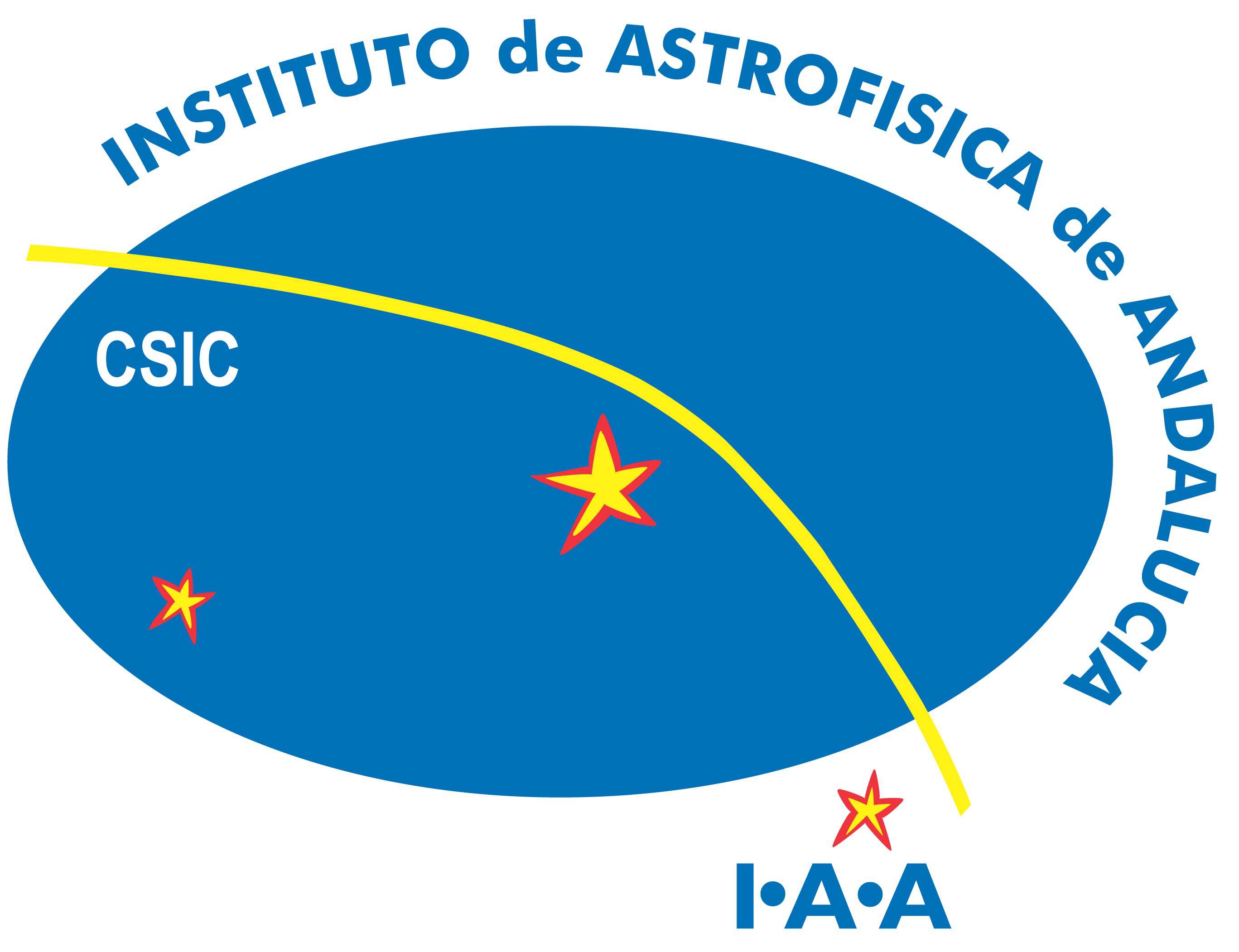
Antonio de Ugarte Postigo
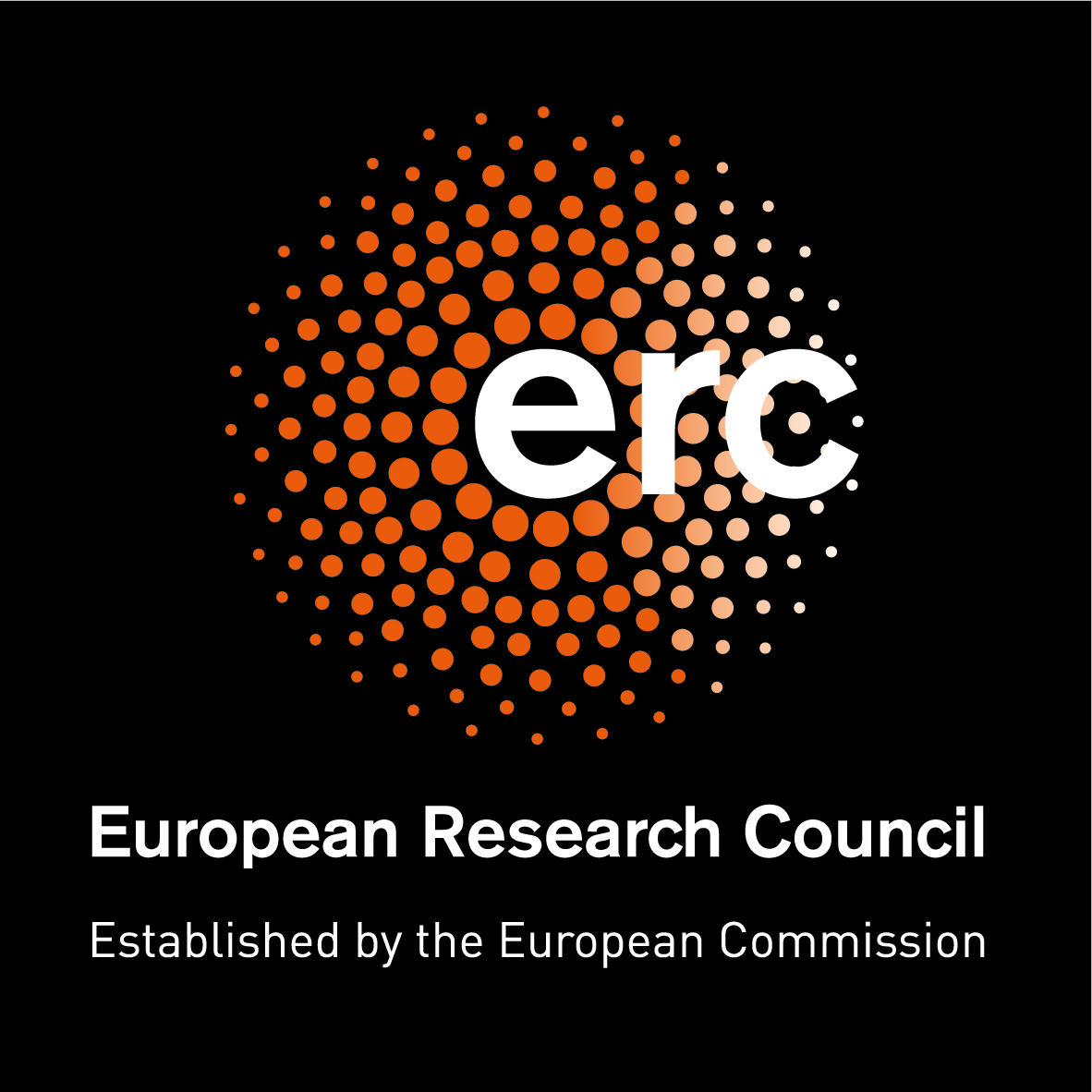
Advanced Grant
PI: Dhillon
Value: €3.5M

Operations, Enhancement and Rotator Grants
PI: Dhillon
Value: £>1.5M
Builds on two previous generations of astronomical instrument.
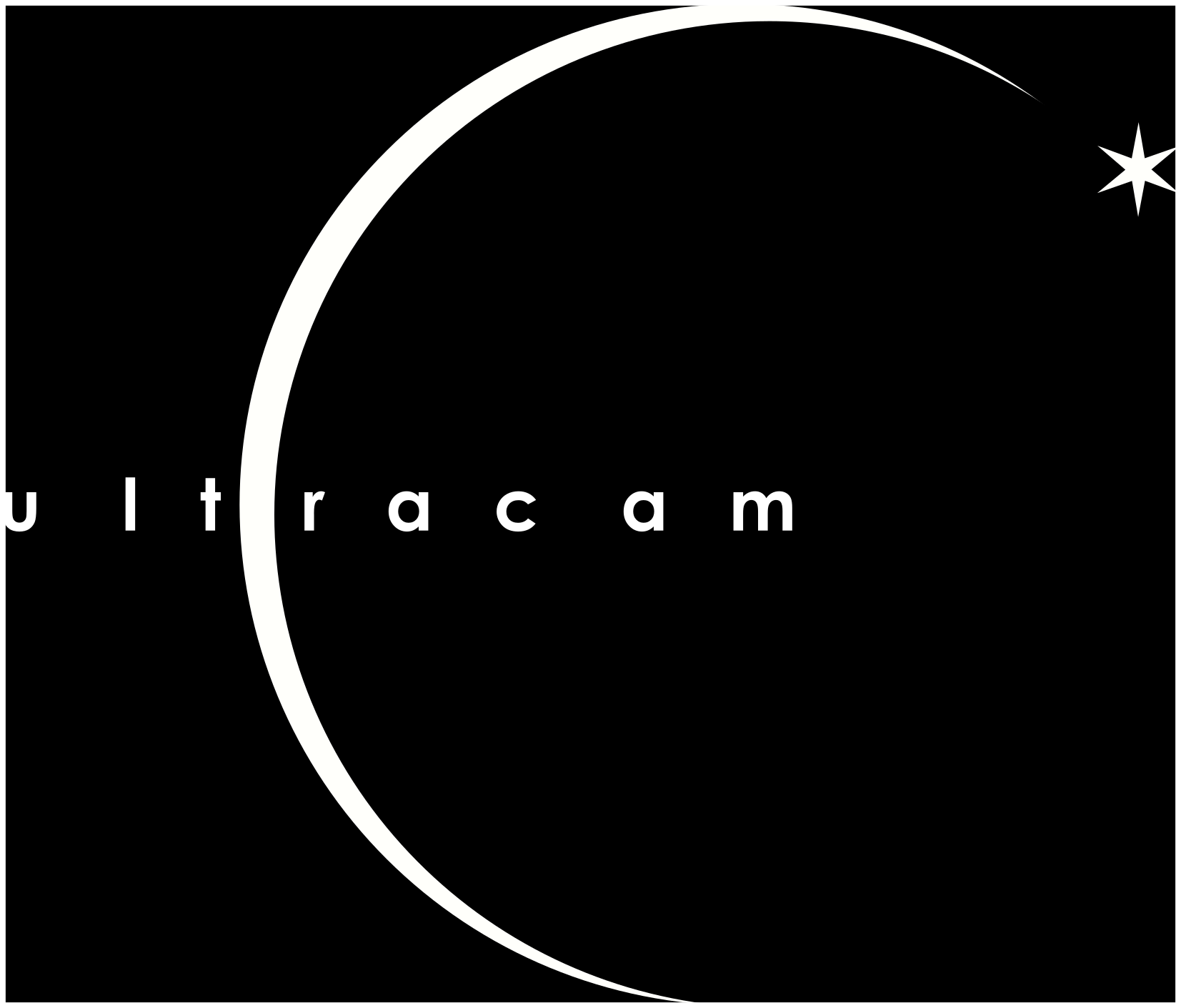
ULTRACAM is an ultra-fast, triple-beam CCD camera for high time-resolution astrophysics. The instrument was built by a consortium involving Sheffield (PI: Dhillon), Warwick (co-I: Marsh) and the UKATC, with funding provided primarily by STFC. The instrument saw first light on the 4.2m WHT on La Palma in 2002, on the Visitor Focus of the 8.2m VLT at Paranal in 2005 (becoming both the first instrument to make use of this VLT focus and the first UK instrument to be used at the VLT), and on the 3.5m NTT at La Silla in 2010. The instrument is currently in regular use on the NTT as part of a 5-year agreement between the ULTRACAM team and ESO, expiring in 2022.
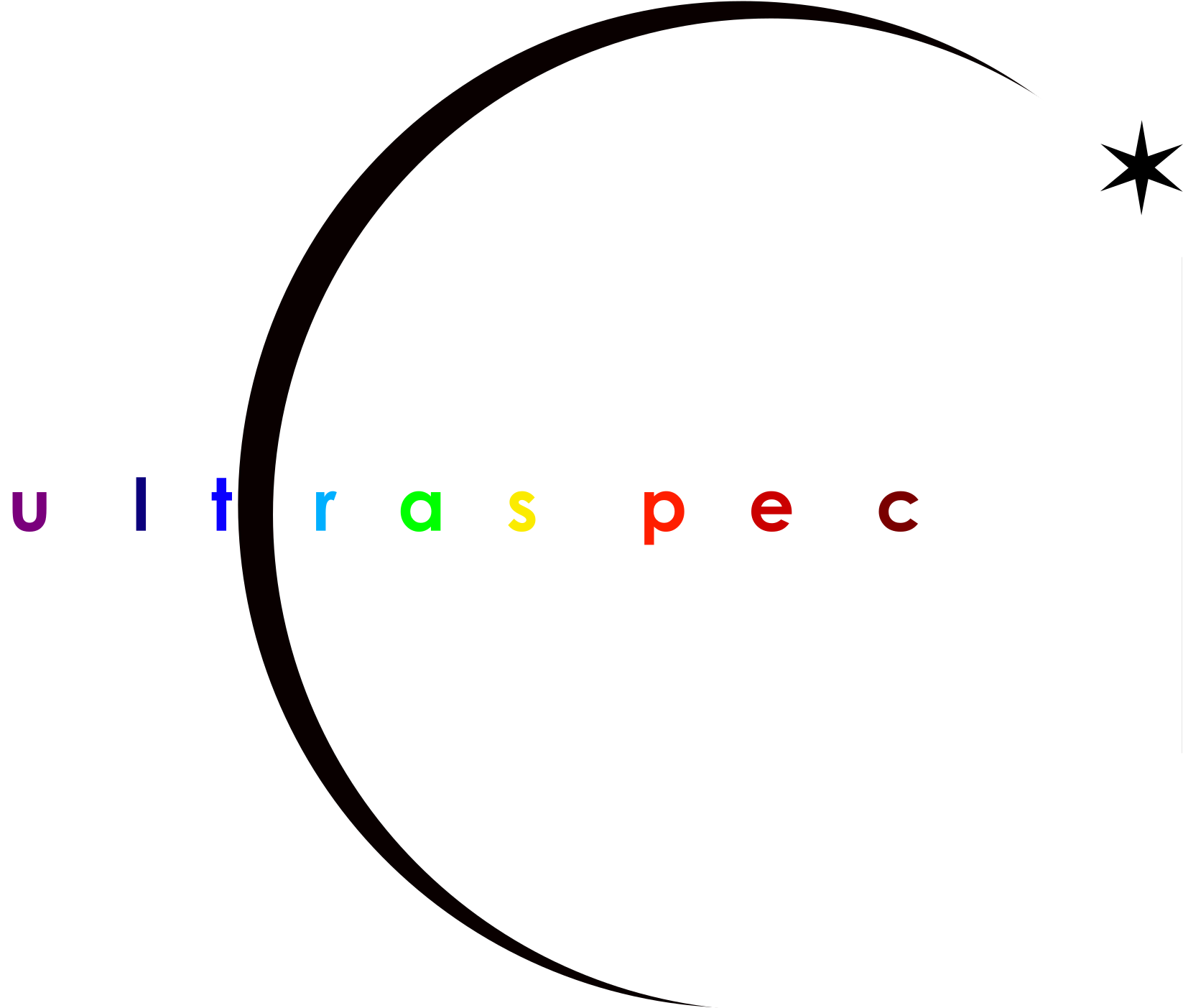
ULTRASPEC is a high-speed camera employing a frame-transfer, electron-multiplying CCD (EMCCD) and the data acquisition system of ULTRACAM. The instrument was built by a consortium involving Sheffield (PI: Dhillon), Warwick (co-I: Marsh) and the UKATC, with funding provided primarily by the EU (OPTICON). ULTRASPEC was originally developed for high-speed spectroscopy, where low readout noise is of paramount importance. ULTRASPEC saw first light in 2006 on the EFOSC2 spectrograph of the ESO 3.6m telescope at La Silla (the first time an EMCCD had been used to perform astronomical spectroscopy on a large-aperture telescope) and on the 3.5m NTT at La Silla in 2009. ULTRASPEC was then converted to an imager and saw first light on the 2.4m Thai National Telescope (TNT) in 2013, where it is now permanently mounted, subject to a rolling 3-year agreement between the ULTRASPEC team and NARIT.